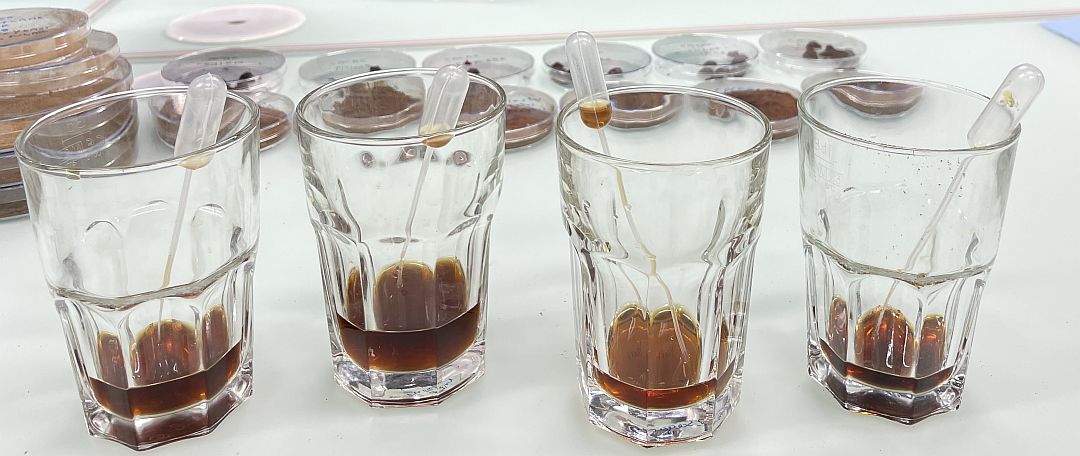As we approach “getting back to normal”, perhaps it’s time to reconsider our modus operandi regarding sales and marketing.
Sales activities represent the PUSH to get our products onto the shelf, while marketing, especially brand building activities, help PULL them off the shelf. Sales examples include trade shows, trade advertising, prospecting, presentations, promotions, etc.
If you focus solely on marketing, the consumer won’t be able to find the product in the limited outlets you’ve attained and will be frustrated. Marketing examples include social media, influencers, recipe development, consumer advertising, public relations campaigns, podcasts, etc.
If you focus solely on sales and your products get placement (including online), but no one is looking for them, movement suffers.
A synergistic approach that incorporates both disciplines is critical. Determining the right mix usually requires some trial and error. Finding time to manage all these moving parts proves challenging.
So how to create a workable SMART (Specific / Measurable /Attainable / Relatable / Timely) plan?
- Define your goals by channel: grocery, food service, private label, direct to consumer.
- Allocate resources: money, personnel (internal or outsourced), time.
- Determine accountability: once goals and resources are set, it is easy to assign accountability and timelines. Measure the results: ultimately, are sales up?
Before doing the same thing you were doing before the COVID pandemic, let’s do a deep dive on what was working before and what changed in the ensuing year and a half.
- How has your business grown? Sales, profits, points of distribution?
- Do you really need to do as many trade shows as previously? While these seem productive, the past year may have proven differently. Being busy does not necessarily mean productive.
- Is your brand better known now due to more social media exposure? Has your direct-to-consumer business grown and do you have a better understanding of who your customer is? Have you grown your direct-to-consumer email list? Are you marketing to them regularly?
- Are you a better partner with your existing wholesaler and distributors? How are you supporting them? Are they sharing data and what is working with you so you can both maximize your alliance?
- Have you looked differently at your slow sellers? SKU rationalization is more important than ever. You don’t have to kill them off. You can make them seasonal to satisfy their loyal followers which helps you to better manage supply-side issues.
I’m curious, are you? Let’s talk!
Source link
Author Coach Maz






